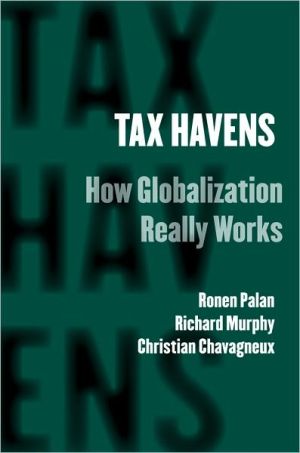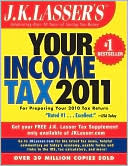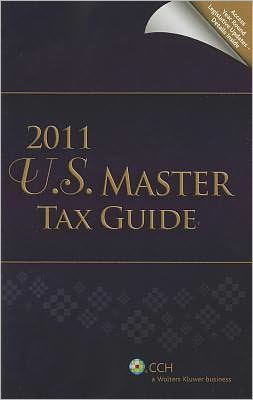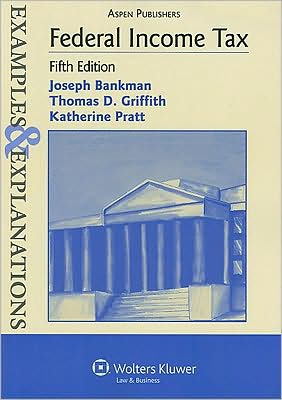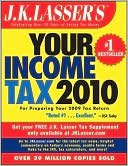Tax Havens: How Globalization Really Works
From the Cayman Islands and the Isle of Man to the Principality of Liechtenstein and the state of Delaware, tax havens offer lower tax rates, less stringent regulations and enforcement, and promises of strict secrecy to individuals and corporations alike. In recent years government regulators, hoping to remedy economic crisis by diverting capital from hidden channels back into taxable view, have undertaken sustained and serious efforts to force tax havens into compliance.\ In Tax Havens,...
Search in google:
From the Cayman Islands and the Isle of Man to the Principality of Liechtenstein and the state of Delaware, tax havens offer lower tax rates, less stringent regulations and enforcement, and promises of strict secrecy to individuals and corporations alike. In recent years government regulators, hoping to remedy economic crisis by diverting capital from hidden channels back into taxable view, have undertaken sustained and serious efforts to force tax havens into compliance. In Tax Havens, Ronen Palan, Richard Murphy, and Christian Chavagneux provide an up-to-date evaluation of the role and function of tax havens in the global financial system-their history, inner workings, impact, extent, and enforcement. They make clear that while, individually, tax havens may appear insignificant, together they have a major impact on the global economy. Holding up to $13 trillion of personal wealth-the equivalent of the annual U.S. Gross National Product-and serving as the legal home of two million corporate entities and half of all international lending banks, tax havens also skew the distribution of globalization's costs and benefits to the detriment of developing economies. The first comprehensive account of these entities, this book challenges much of the conventional wisdom about tax havens. The authors reveal that, rather than operating at the margins of the world economy, tax havens are integral to it. More than simple conduits for tax avoidance and evasion, tax havens actually belong to the broad world of finance, to the business of managing the monetary resources of individuals, organizations, and countries. They have become among the most powerful instruments of globalization, one of theprincipal causes of global financial instability, and one of the large political issues of our times.
List of Tables and Figures viiAcknowledgments ixIntroduction 1Part I Tax Havens and Their Uses1 What Is a Tax Haven? 172 Tax Havens: Vital Statistics 463 The Instruments of Tax Havens 77Part II The Evolution of Tax Havens4 Origins of the Tax Havens 1075 The British Empire Strikes Back 124Part III Tax Havens in World Politics6 Tax Havens and the Developed World 1537 Issues in Development 172Part IV The Battle for Hearts and Minds8 Signs of Discontent 1919 Institutional Attacks on Tax Havens 20310 Tax Havens in the Twenty-First Century 226Conclusion 236Glossary 249References 253Index 267
\ From the Publisher"Impeccably researched and packed with new insights, this groundbreaking book exposes financial capitalism's best-kept secret."-John Christensen, Director, Tax Justice Network International Secretariat, London\ "This book calls attention to one of the major scandals of our time."-James K. Galbraith, author of The Predator State: How Conservatives Abandoned the Free Market and Why Liberals Should Too\ "This book is an invaluable guide to the lightly studied subject of tax havens. Clearly written and thoroughly researched, it vividly demonstrates how central the scattered archipelago of so-called Preferential Tax Regimes is to the operation of contemporary global finance. Tax Havens belongs on the shelf of every specialist in the international political economy of money."-Benjamin J. Cohen, Louis G. Lancaster Professor of International Political Economy, University of California, Santa Barbara\ \ \
